Loblolly Pine
$34.50 Original price was: $34.50.$24.15Current price is: $24.15.
- Free Shipping over $25
- Fast & reliable delivery options
- Enjoy top quality items for less
- Multiple safe payment methods

Pine trees are not noted for being fast growing. But there are exceptions, and the Loblolly Pine is definitely one, with growth rates in excess of 2 feet a year being normal. That means that in just 5 years a 12-foot screen can be yours. This is also a tree that thrives in difficult conditions, especially in wet soils, where most trees – and certainly most pines – fail. We tend to associate pine trees with cold and dry areas, but the Loblolly Pine thrives in the heat and humidity of the South, and in wet areas where other plants cannot grow.
Its rather strange name comes from two old words, ‘lob’, meaning the heavy bubbling of porridge cooking, and ‘lolly’, a word for food boiled in a pot. In the Southern States it means a mudhole, because of the sticky, porridge-like texture of the mud. We can see from this that the tree grows naturally in difficult, wet areas. Loblolly Pines grow well in acidic clay soil, which is common throughout the South, and so it is an ideal choice for those areas. It will also grow well right across the country, from coast to coast, in any areas with milder winters.
Growing Loblolly Pine Trees
If you garden in any region where winter temperatures stay above minus 10 degrees, then you can grow this interesting native pine tree. It will grow rapidly, adding 2 feet or more per year, until it reaches perhaps 40 feet, and may eventually grow to approach 100 feet in height. For many years it will stay bushy and more compact, so it is ideal for screening. Eventually, if untrimmed, the lower branches will be lost, and it will become tall, with a high crown. The needles on this tree are 5 to 9 inches long, in clusters of 3. Older trees produce cones about 5 inches long. The bark on younger branches is an attractive reddish color, and as the trunk matures it becomes gray-brown, separated into large, corky plates, giving this tree an attractive, rugged look.
Planting and Initial Care
Plant your Loblolly Pine trees in a sunny spot. They will grow well in most kinds of soil, from sand to heavy clay, and although they grows well in wet conditions, they will also grow in any ordinary, well-drained soil. Once established trees are moderately drought-tolerant too. This tree has no significant pest or disease problems either, so it truly is a low-maintenance and easy-care tree that you can plant and forget. Just make sure it is watered regularly during the first year, and after that it needs nothing from you to bring the rugged ‘pine’ look to your property.
Trimming
Pines need a specific method of trimming, and they cannot just be cut back, as they will not re-sprout from bare wood. If you want to control the height and form of your Loblolly Pine trees, start when they are young. In spring you will see that the new growth emerges first as a long shoot with small needles lying flat along the stems. These new shoots are called ‘candles’ by gardeners. To control the size of your trees, snap off the end portion of the candle – called ‘candling’.
Cutting can damage the young needles, but snapping or pinching the stem will not. You can remove just an inch or two, or most of the length. The new buds for the next year’s growth develop just below where the candle is cut. The more you remove, the denser your tree will grow, and the more compact it will be. Light candling will help to keep your trees neat. Heavy candling will keep them dense, small and rounded. By varying the length you remove on different parts of the tree, you can control its shape and bushiness.
History and Origins of the Loblolly Pine
The Loblolly Pine (Pinus taeda) is found growing naturally across a large area from southern New Jersey to Florida, and across into Texas. It has many uses in the garden, especially if you garden on acid, clay soils that are poorly drained. These soils are very common in the South, so this tree is for you. Use it for a fast-growing screen around your property. Plant a group of three or five to stand against the skyline.
With trimming it can be kept rounded and shorter, and then it makes a great background plant for other trees and shrubs in your garden. If you have low-lying areas that are often wet, this is the perfect tree for those places too. Pines are always attractive additions to any garden, and this one is no exception, looking especially attractive in less developed parts of your property. As a native tree it is ideal for natural gardening, and it will not invade areas surrounding your property.
Buying Loblolly Pines at The Tree Center
The Loblolly Pine is rarely offered for sale, so we know that the demand for our plants is going to be high. With its unique properties, and ability to grow in heavy, wet soils, it has enormous value for gardeners with those conditions. As well, it is an attractive pine tree for any garden, and it deserves to be more widely planted outside its natural range. To avoid missing out on this special offering, order now. You may also want to consider growing one of our other unique pines, like the Japanese Black Pine Tree or the Longleaf Pine Tree.
Be the first to review “Loblolly Pine” Cancel reply
Related products
Arborvitae Trees
Cedar Trees
Evergreen Trees
Evergreen Trees
Cedar Trees
Evergreen Trees
Evergreen Trees
Evergreen Trees


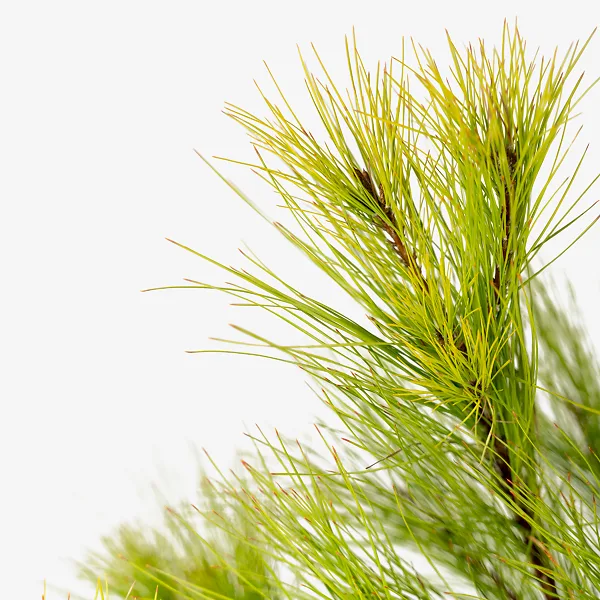
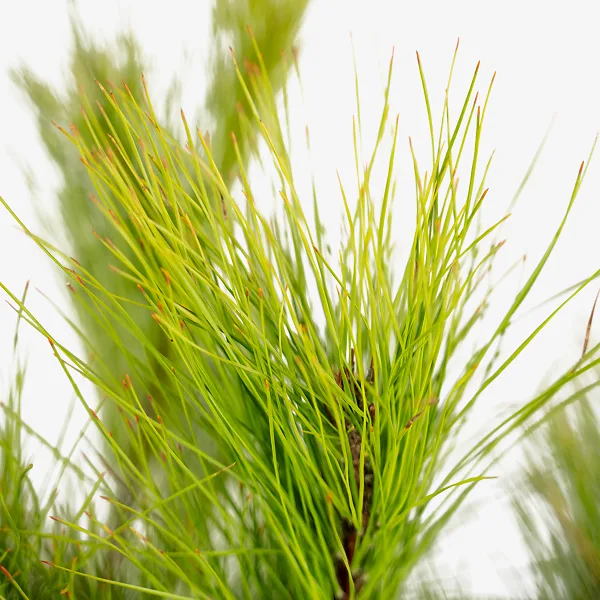
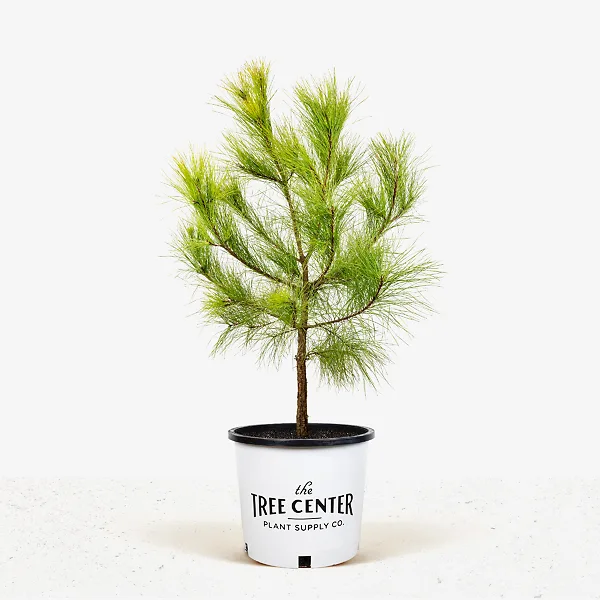
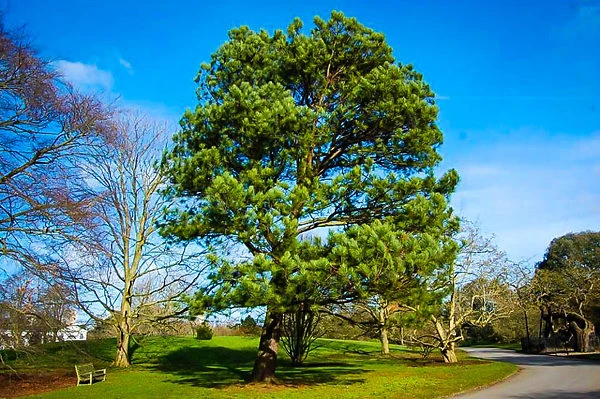
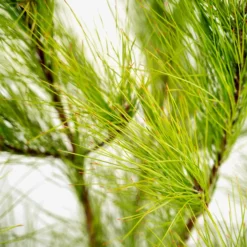
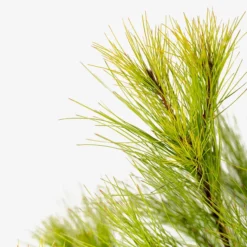


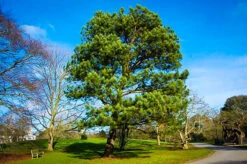

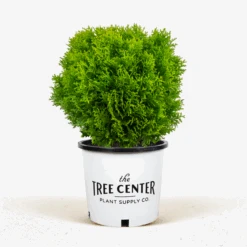


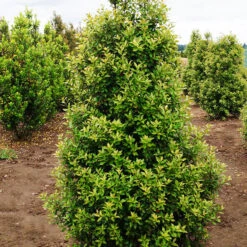



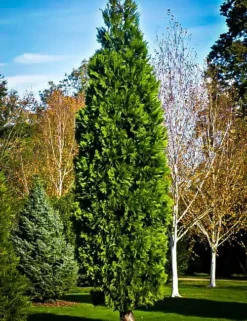
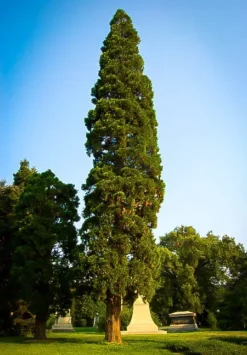
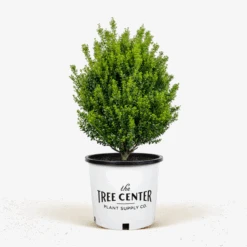

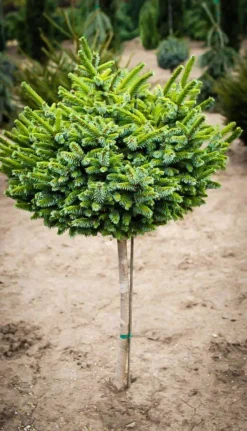
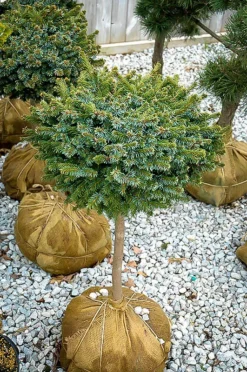
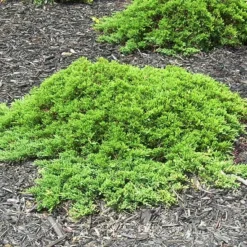
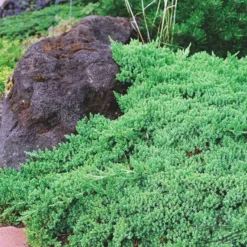
Reviews
There are no reviews yet.